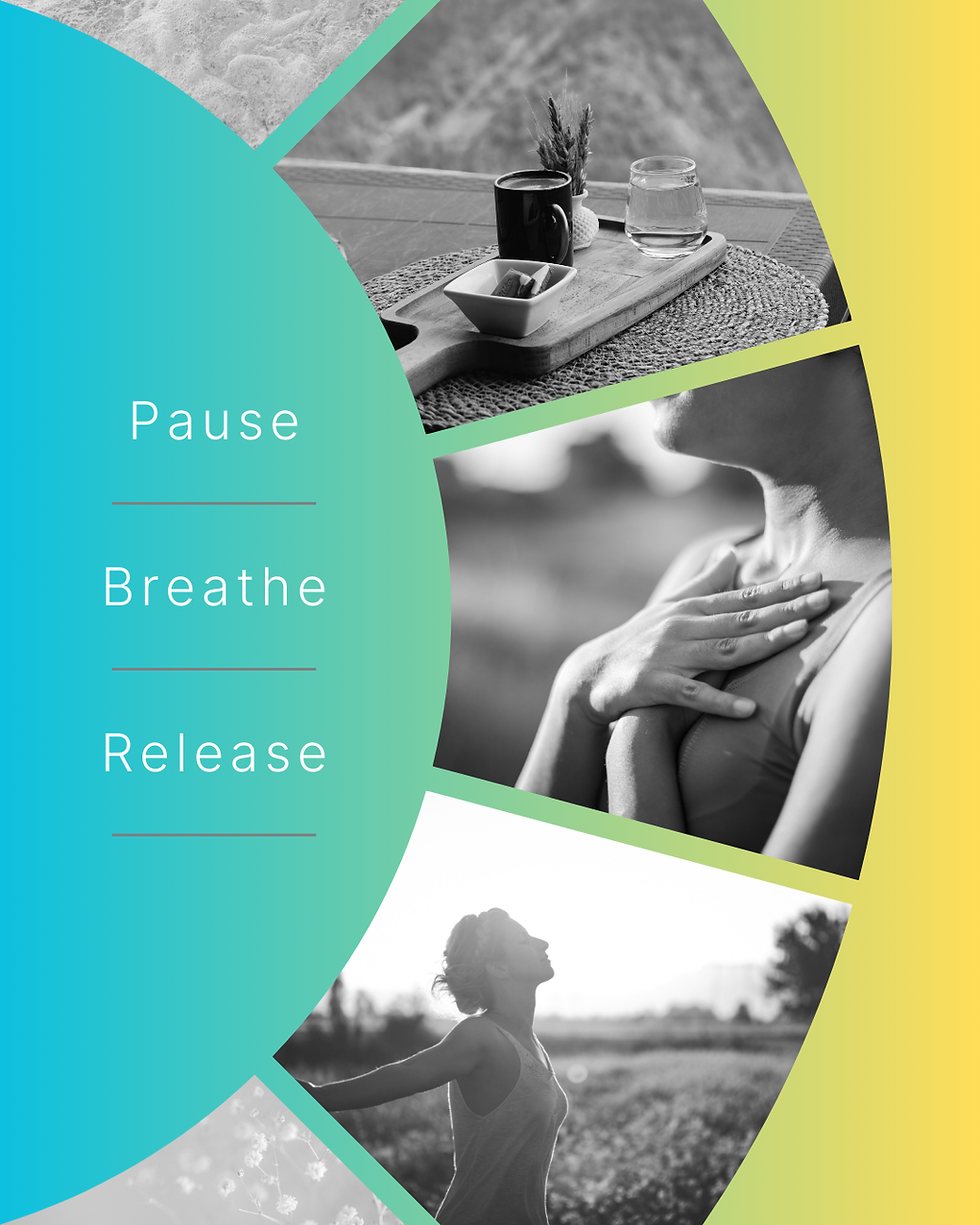Are These 3 Super Foods, Super Scams?
- Jennifer Heard
- Nov 22, 2016
- 3 min read
Every year there seems to be a new health craze or fad. We are constantly “discovering” new fruits or vegetables that have been consumed by the natives, of said fruits country of origin, for centuries. Everyone seems to be on the search for the next one fix wonder. Do any of these so called “SuperFoods” actually offer all the health wonders people claim? Or are they just money grabs? Let’s examine 3. Over the past several years many super fruits have come and gone, these 3 seem to stick around; what’s so special about the noni, goji and acai fruits anyway?
Goji Berries; Friend or Foe?
One of 2700 species of nightshades the goji berry comes from a woody perennial plant native to Asia. This unassuming berry has been reported to improve brain function, boost life expectancy, reduce the risk of heart disease and cancer.
Now what can it actually do? Vitamin A supports cell growth and reproduction; we can also expect better immune function and a reduced risk of age related macular degeneration with this berry’s high levels of phytochemicals.
Fresh these berries offer a great source of vitamin C; the drying process reduces vitamin C concentration as water is lost however.
Of further note is that these berries do come with a warning as they could interact with certain drugs: blood thinners, blood pressure and diabetes drugs.
Acai: The Purple Heart
Heart healthy fats are the claim to fame for this deep blue berry. Acai berries come from the acai palm native to Brazil, Trinidad and northern South America. This is the same palm from where we get the delectable palm heart. Not technically a berry the acai fruit is a drupe or stone fruit such as a peach. When not in use as a superfood the acai palm has many important uses: hats, mats baskets, construction material to name a few.
100 grams of dried acai fruit powder contain a whopping 534 calories due to its high fat content. A key component of acai is linoleic acid, an essential fatty acid. The second fat of interest is beta-sitosterol which is under study for it potential ability to reduce blood cholesterol.
As with any other deep coloured fruit acai contain high levels of antioxidants though they have been ranked lower than blueberries in this category.
Once again we are presented with a fruit that comes with a warning. Acai though healthy for most can be problematic for men that have previously suffered heart attack. Kidney disease and diabetes patients require further education if considering consuming large amounts of acai fruit.
Noni the Famine Fruit
With carbohydrates and dietary fibre in making up the bulk of a noni it contains modest levels, slightly less than a navel orange, of vitamin C, niacin, iron and potassium. Noted for its phytochemicals, flavonoids and fatty acids the noni has traditionally been used for abdominal pain, impotence and menstrual disorders in Chinese medicine (TCM).
This fleshy fruit has a pungent smell that make it undesirable, though due to its ready availability it is a staple in many poor countries and has come to be known as a famine food.
The only concern with noni is its potential to raise potassium levels in kidney disease patients.
The Reality
The lesson here is that all fruit has something to offer. Does one single food exist that will cure every ailment? Doubtful! Consuming a wide range of fresh fruits, vegetables and grains will always be the best prevention to any ailment. Drying, cooking or any other form of commercial preparation will undoubtedly reduce the healthy active components of the vegetation in question.
These fruits are not new and exciting. These and others like them are native to a place and in that place they are consumed; have been consumed. Our fascination with the exotic comes from the fact that many of these countries lack the use of pesticides making their countrymen healthier. It is not some secrete nutrient that keeps the skin youthful or the body strong. It is a healthy diet of farm fresh goodies with physical activity and a life outside of pollution. Instead of envying what they have and looking for the cure-all. We must get outside, be physical and eat right! I am speaking to my fellow privileged North Americans of course.



Comments